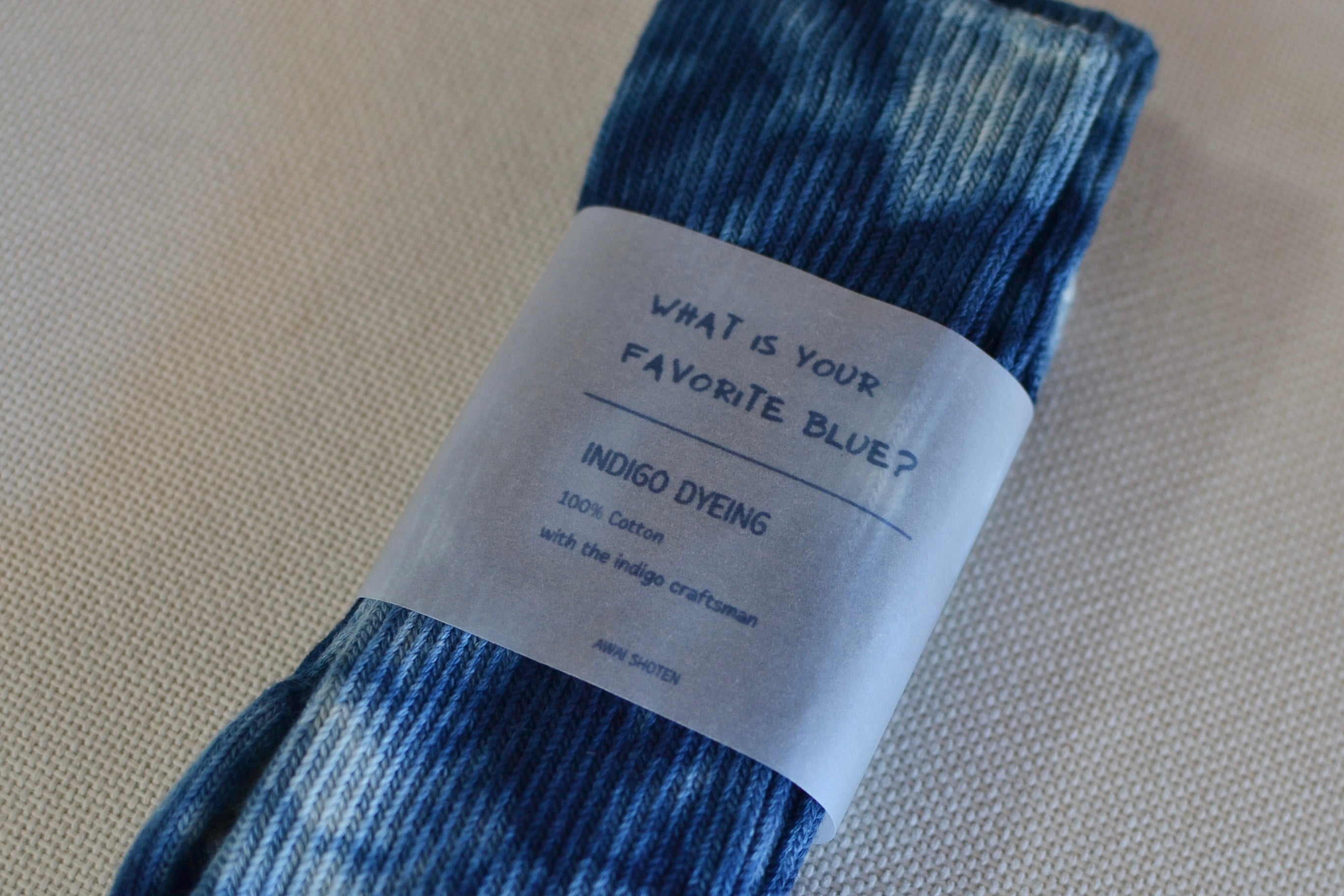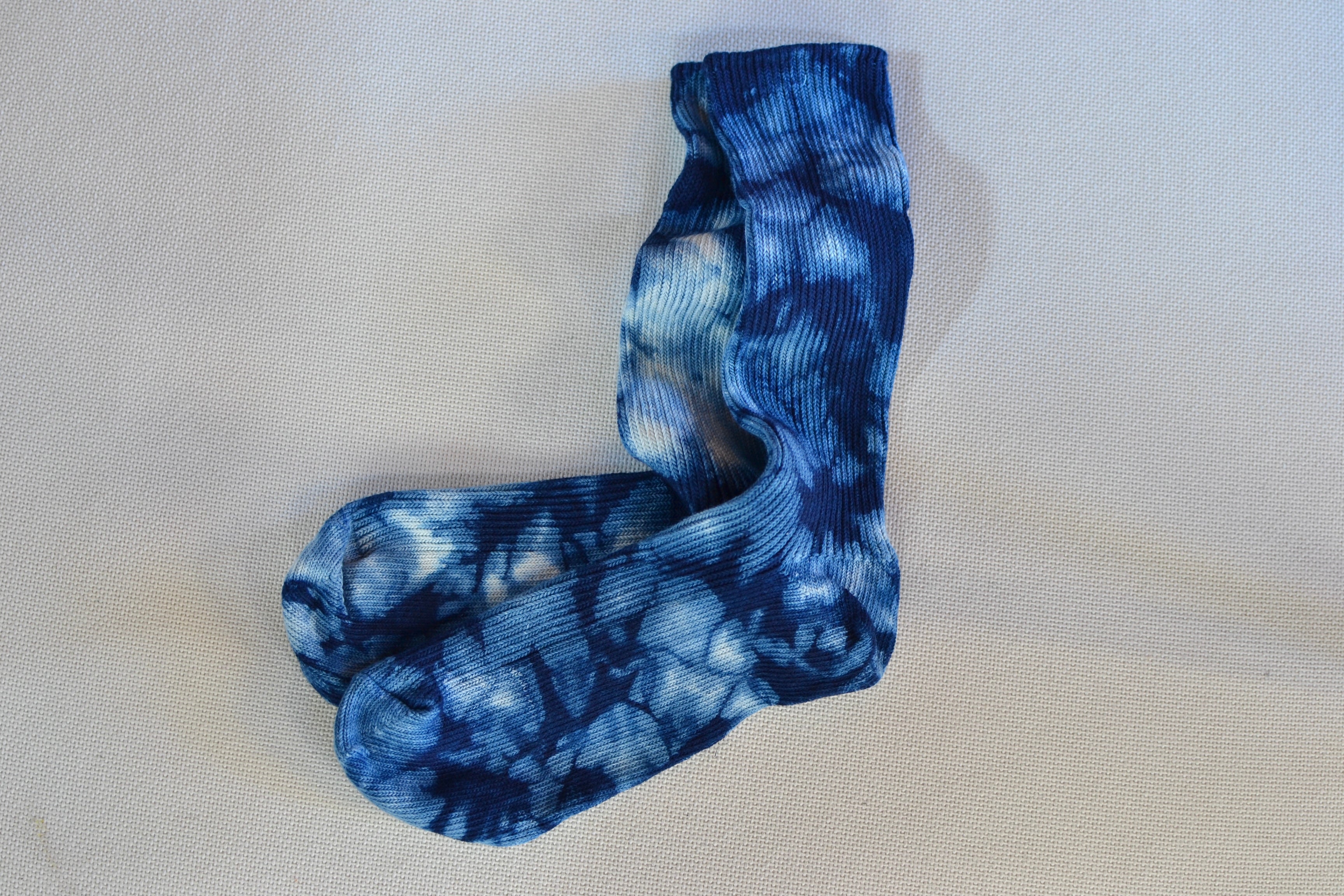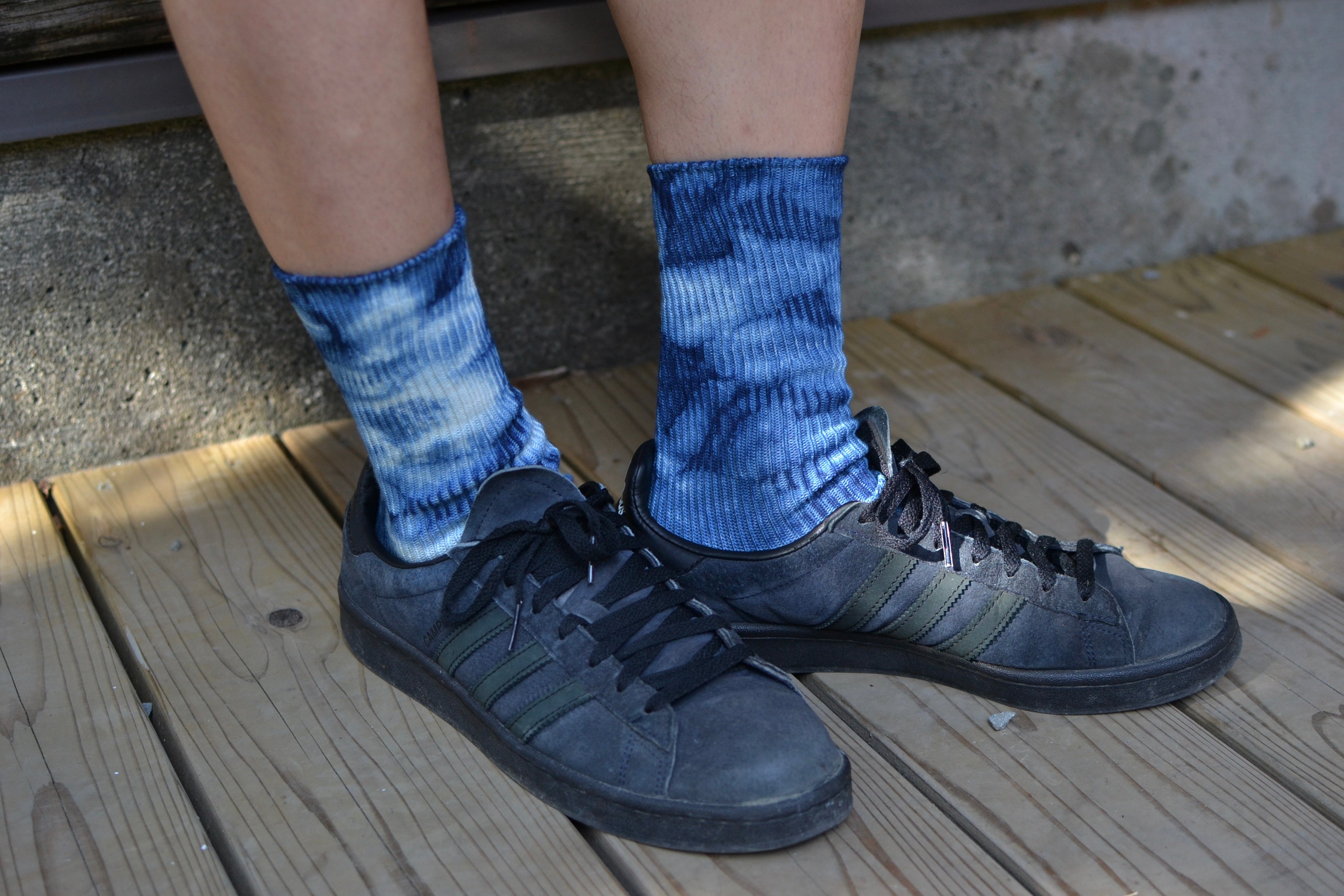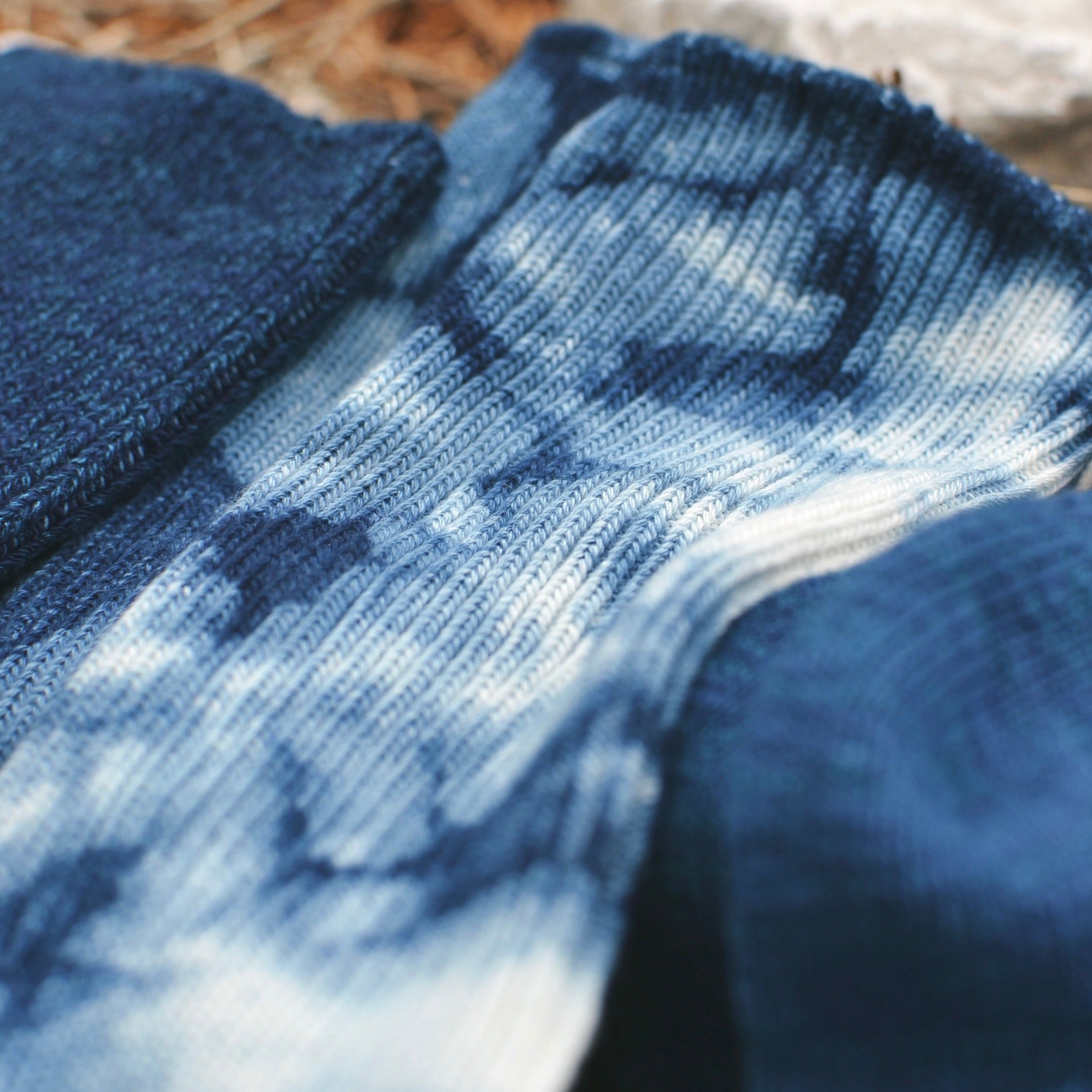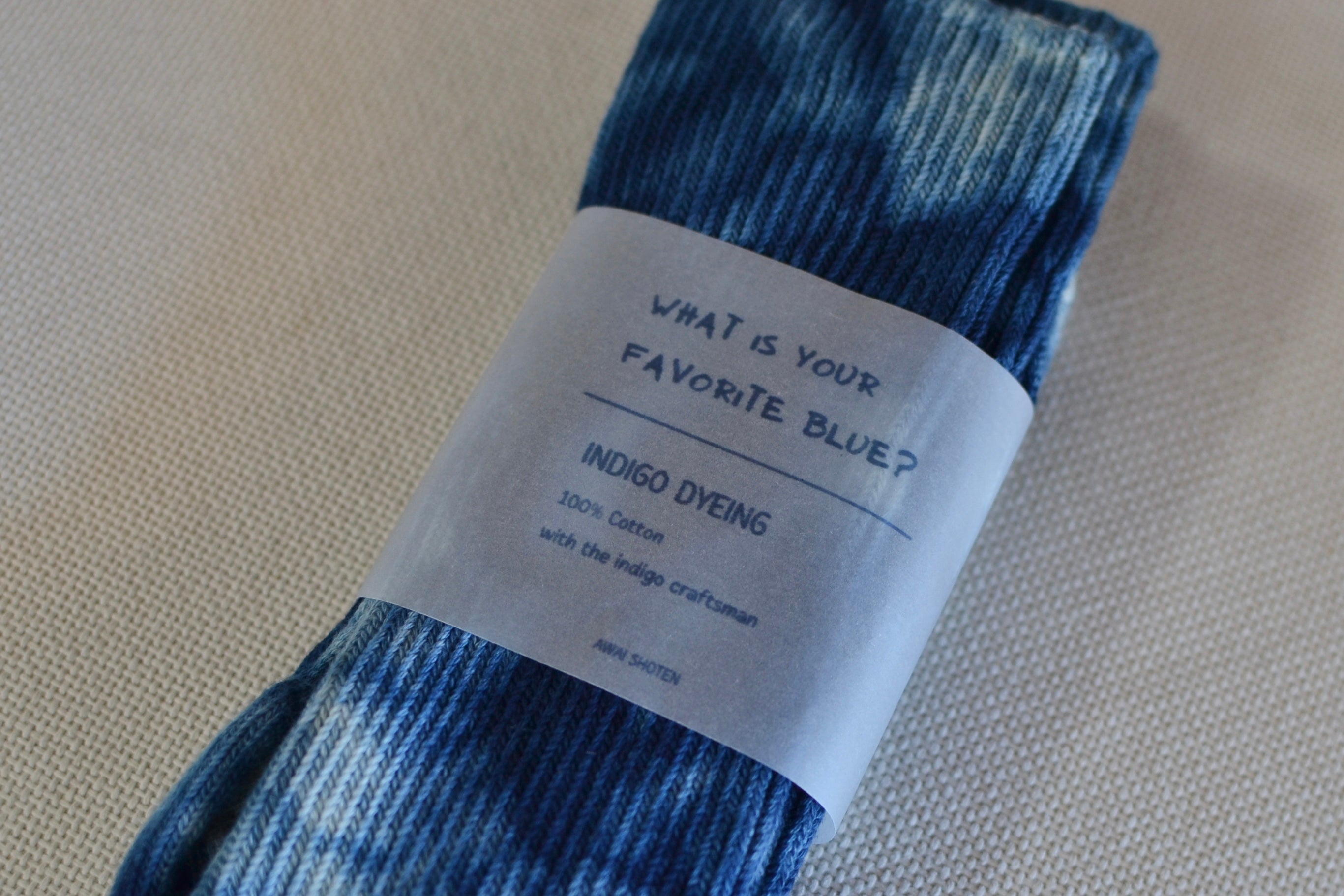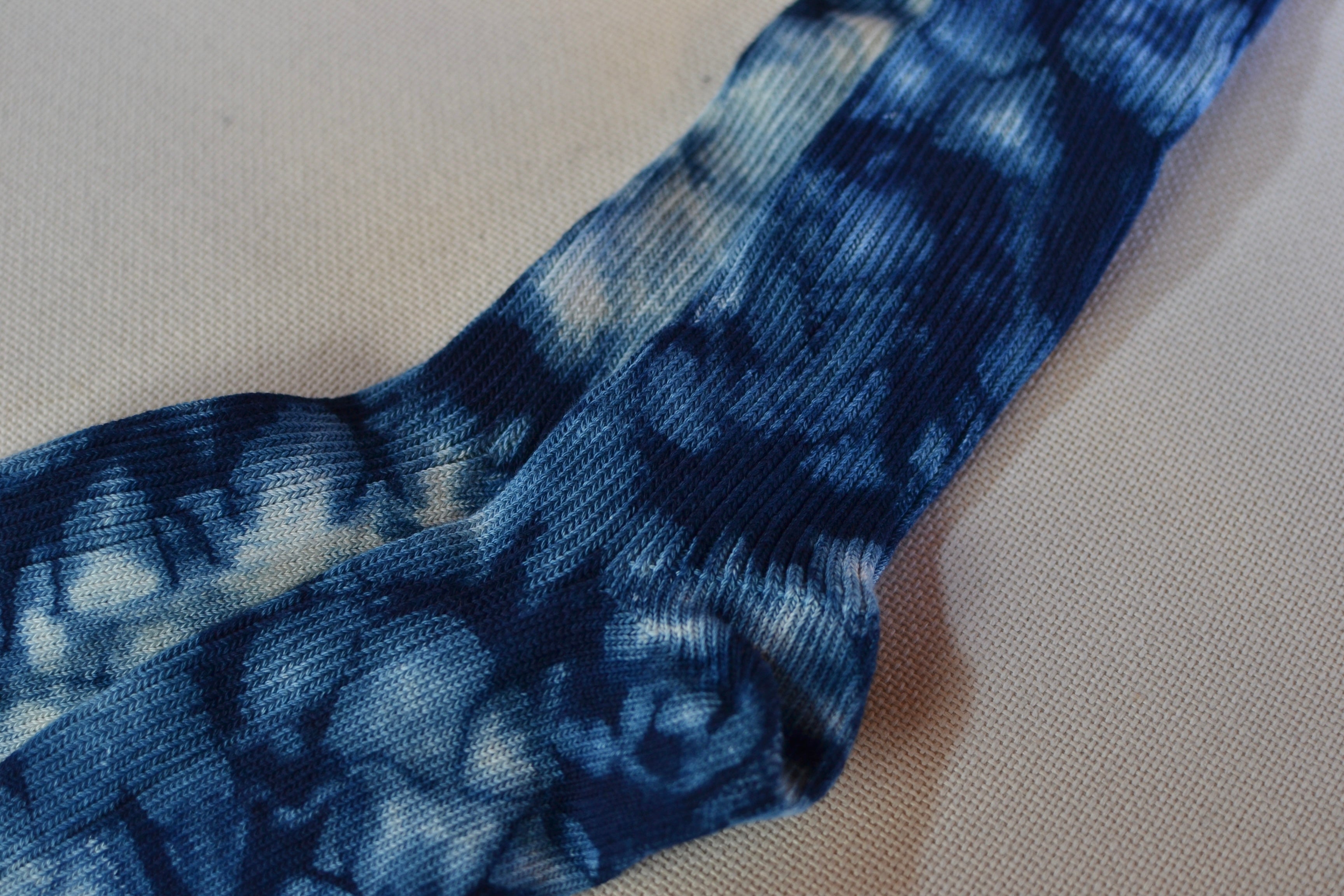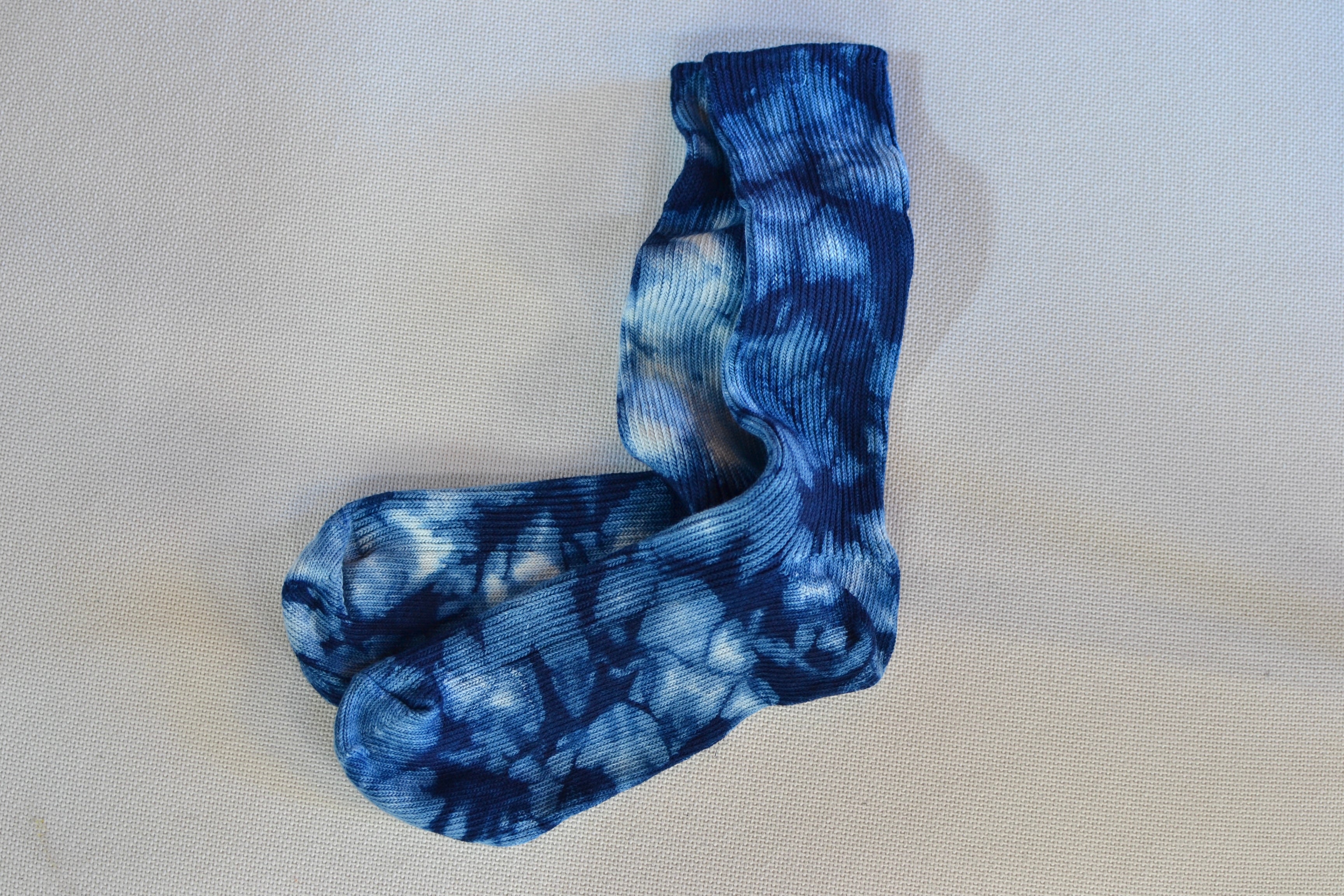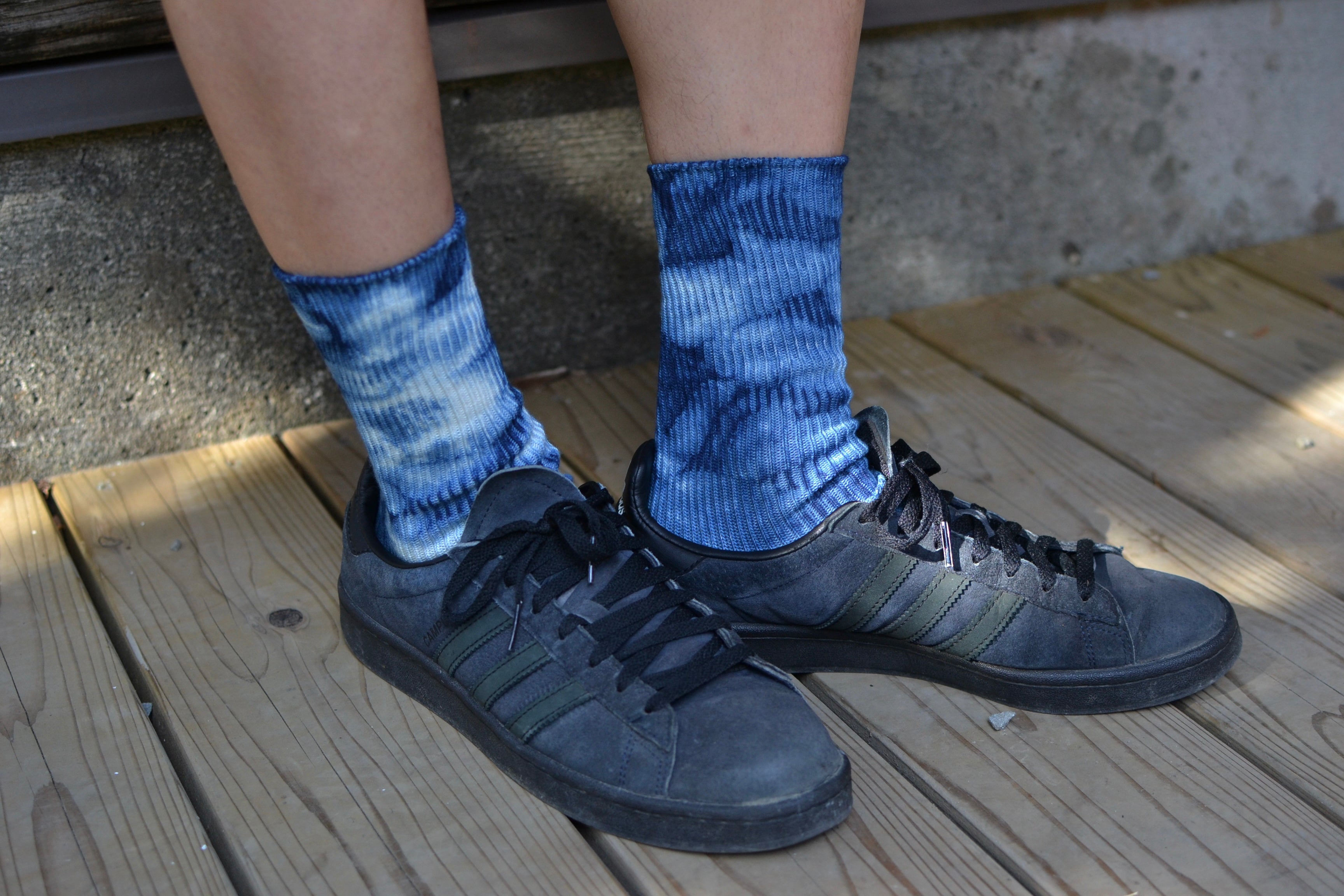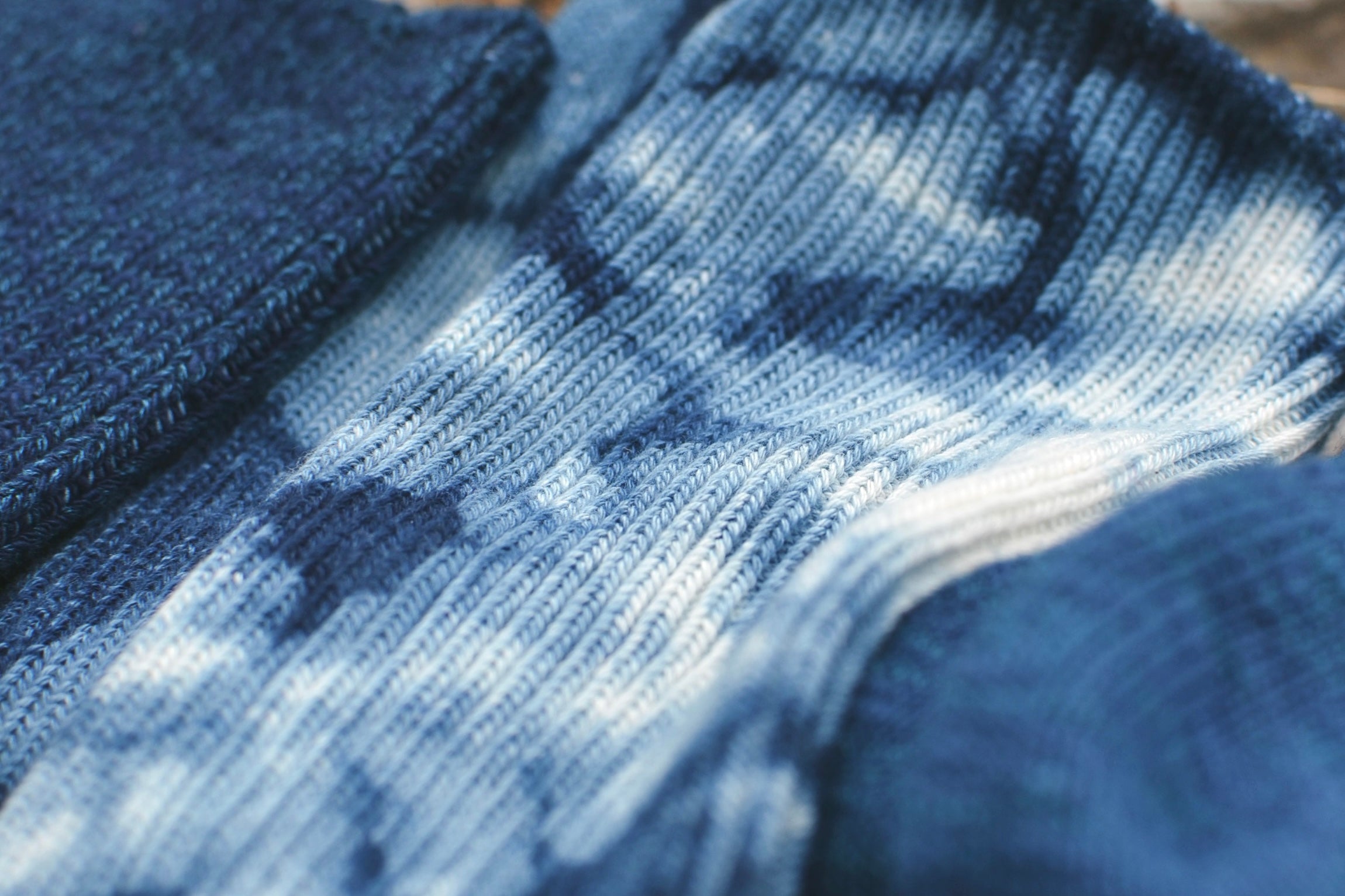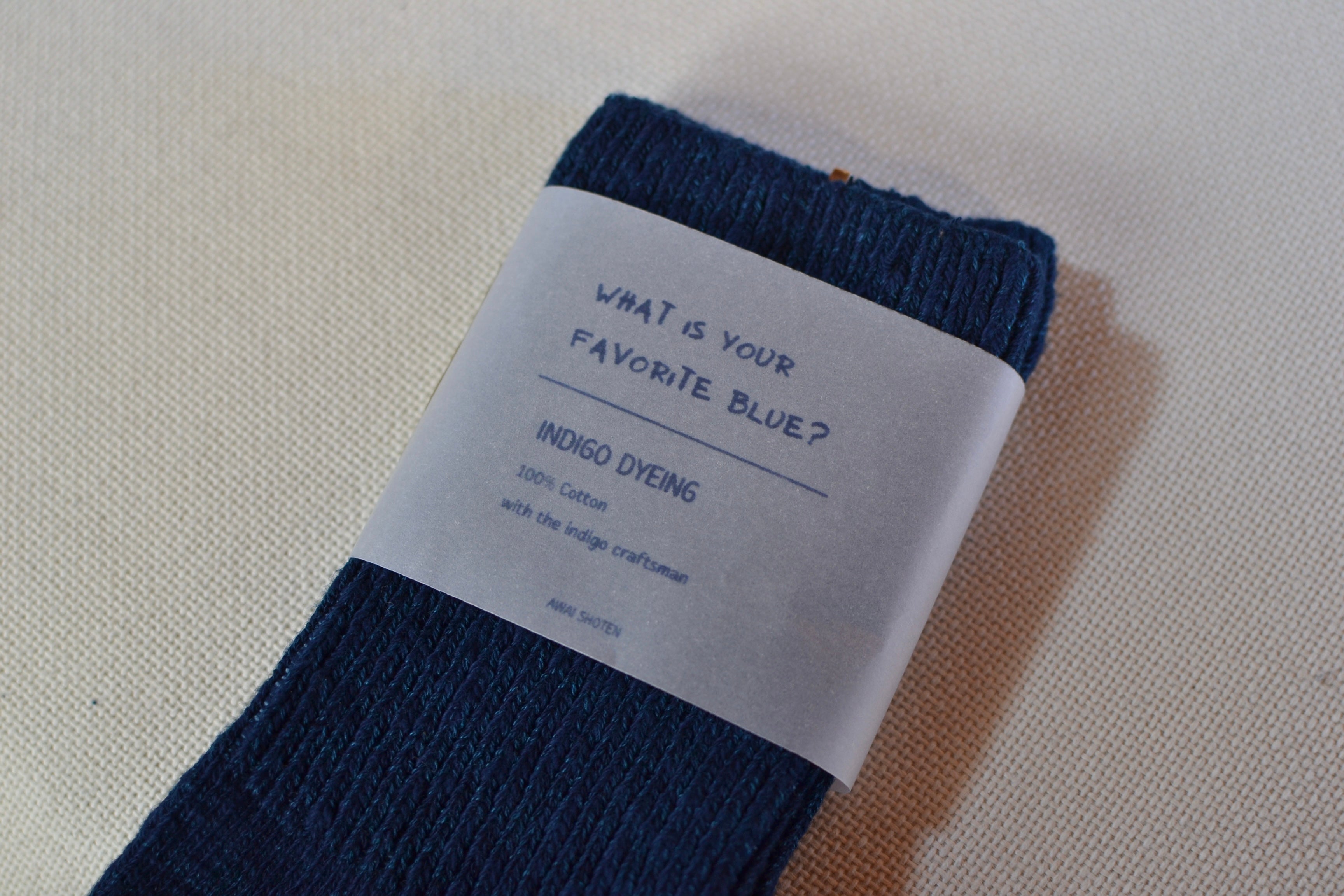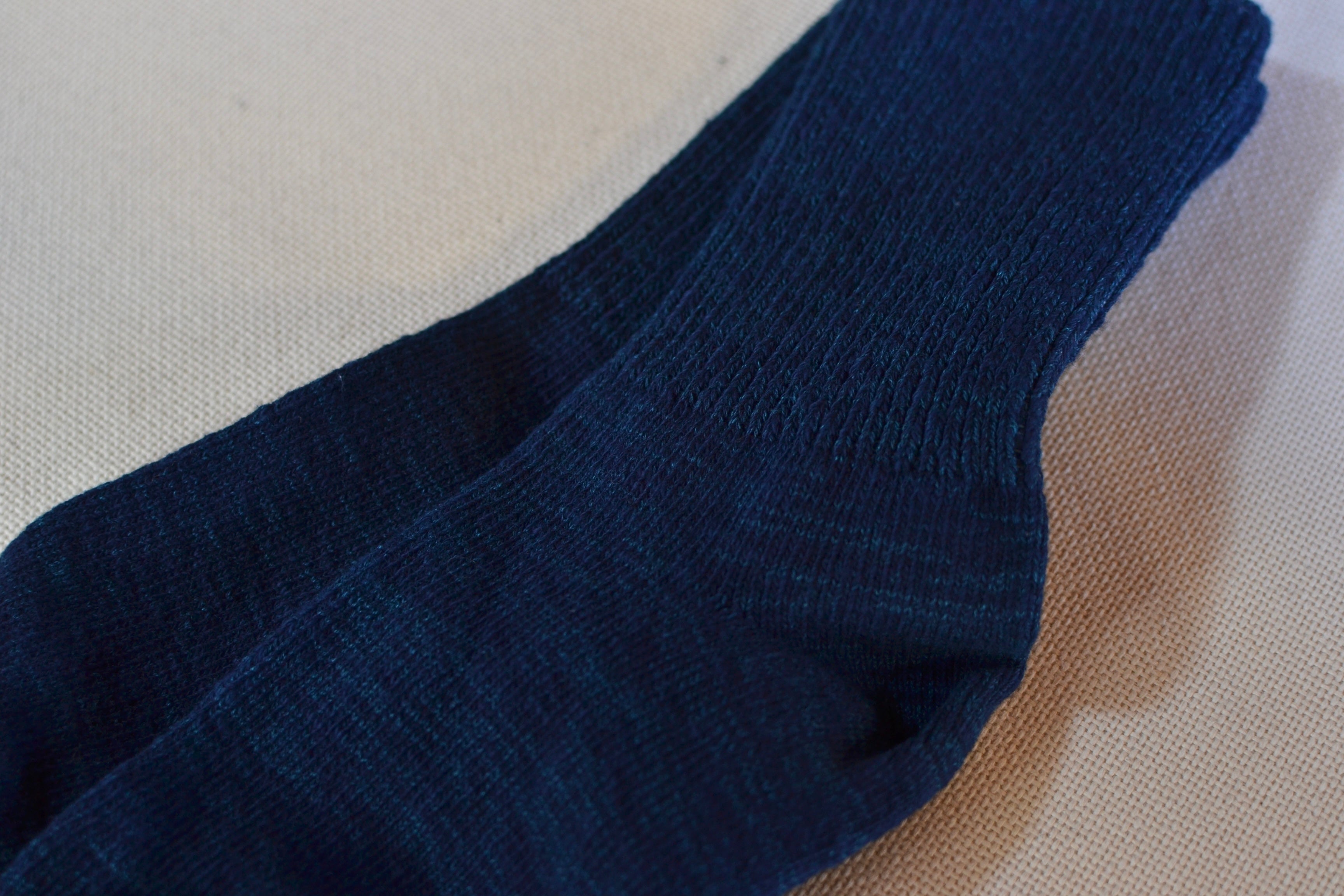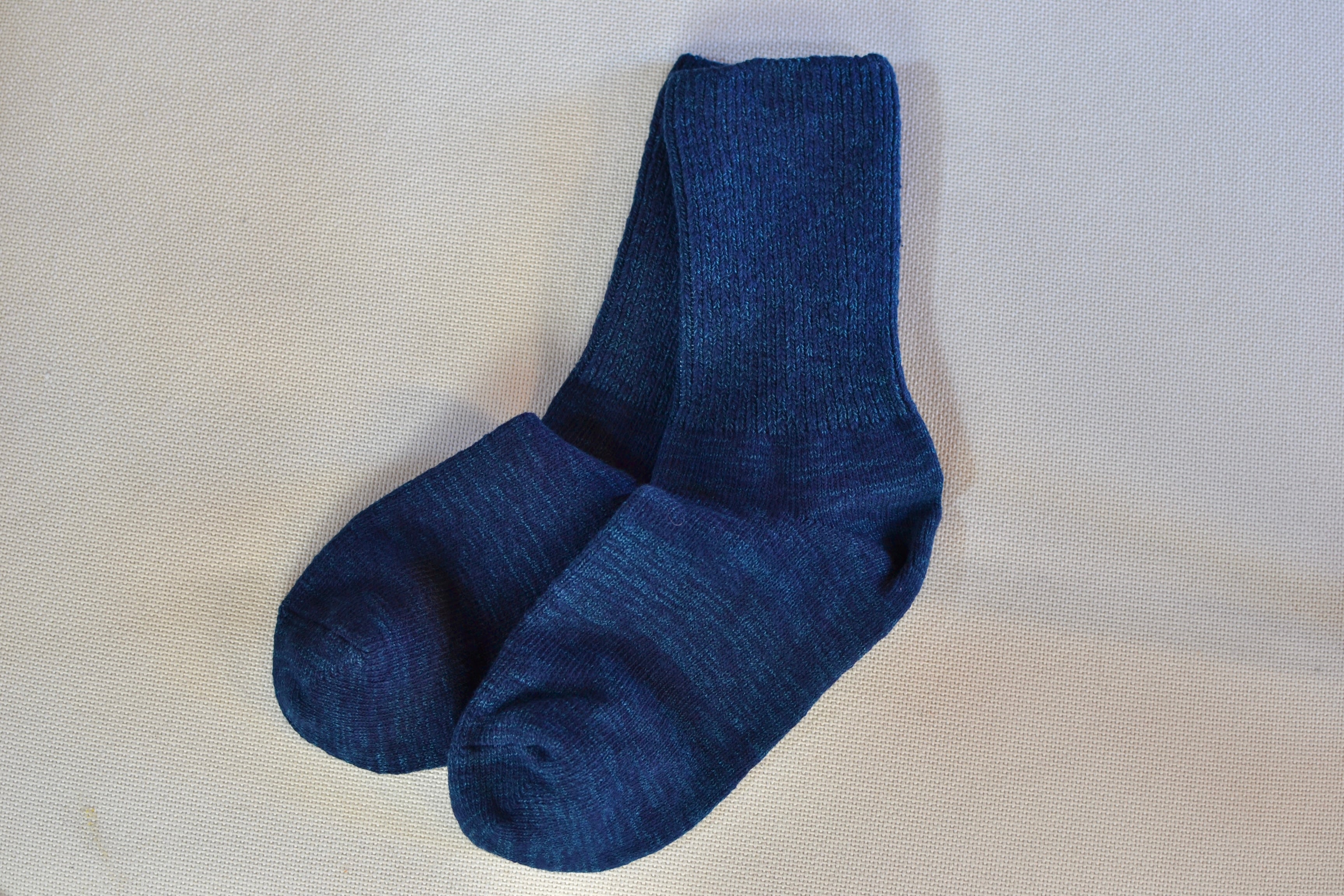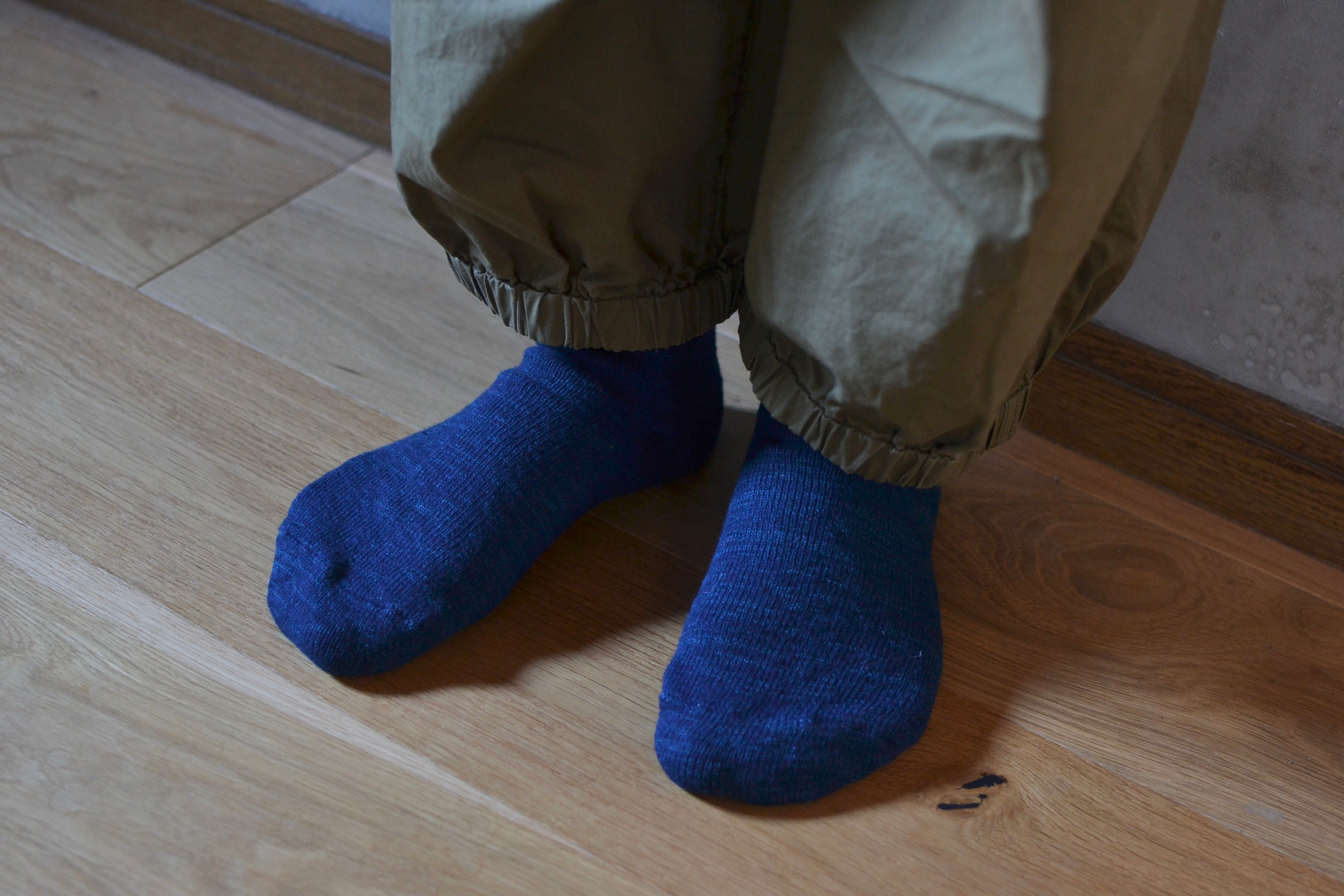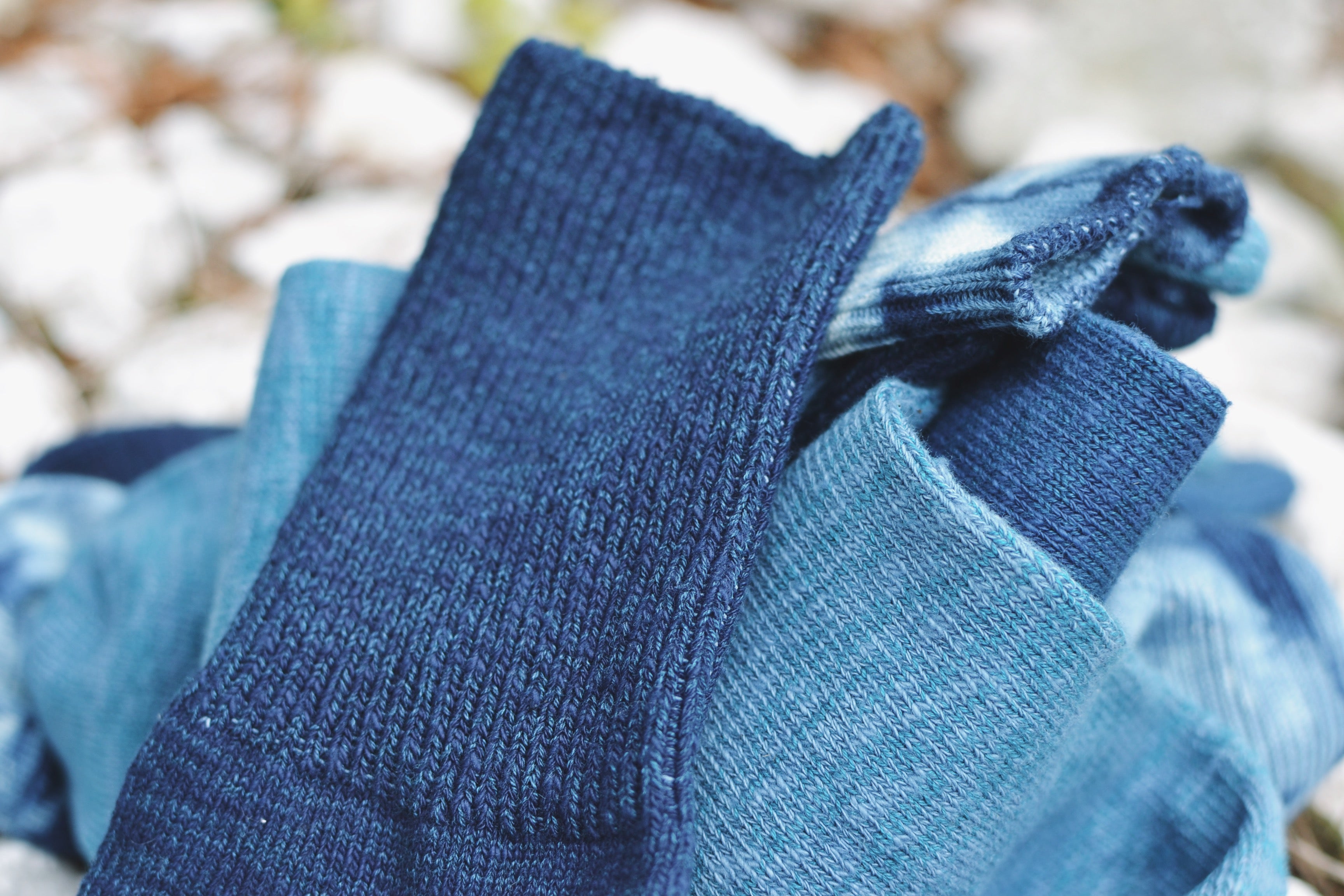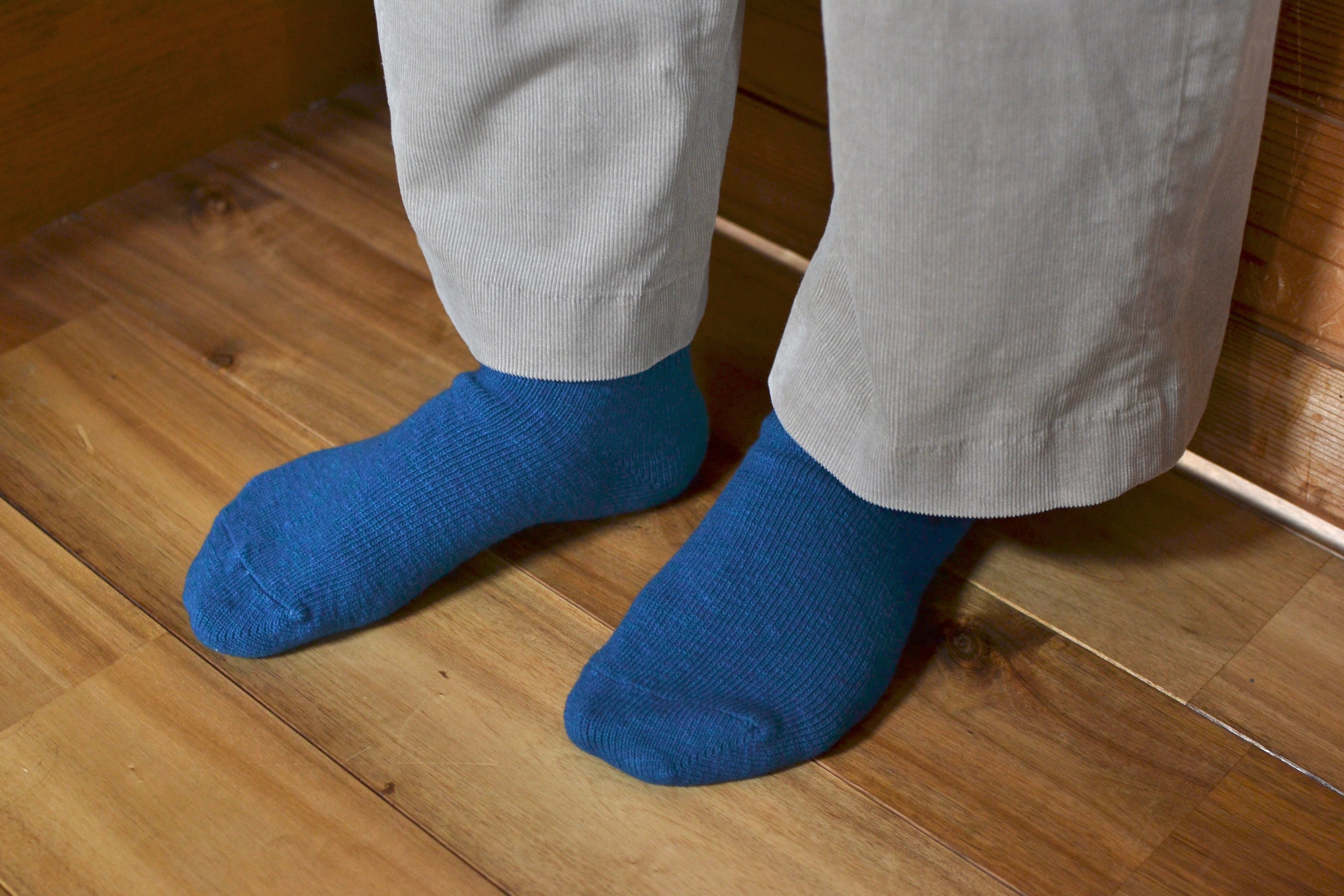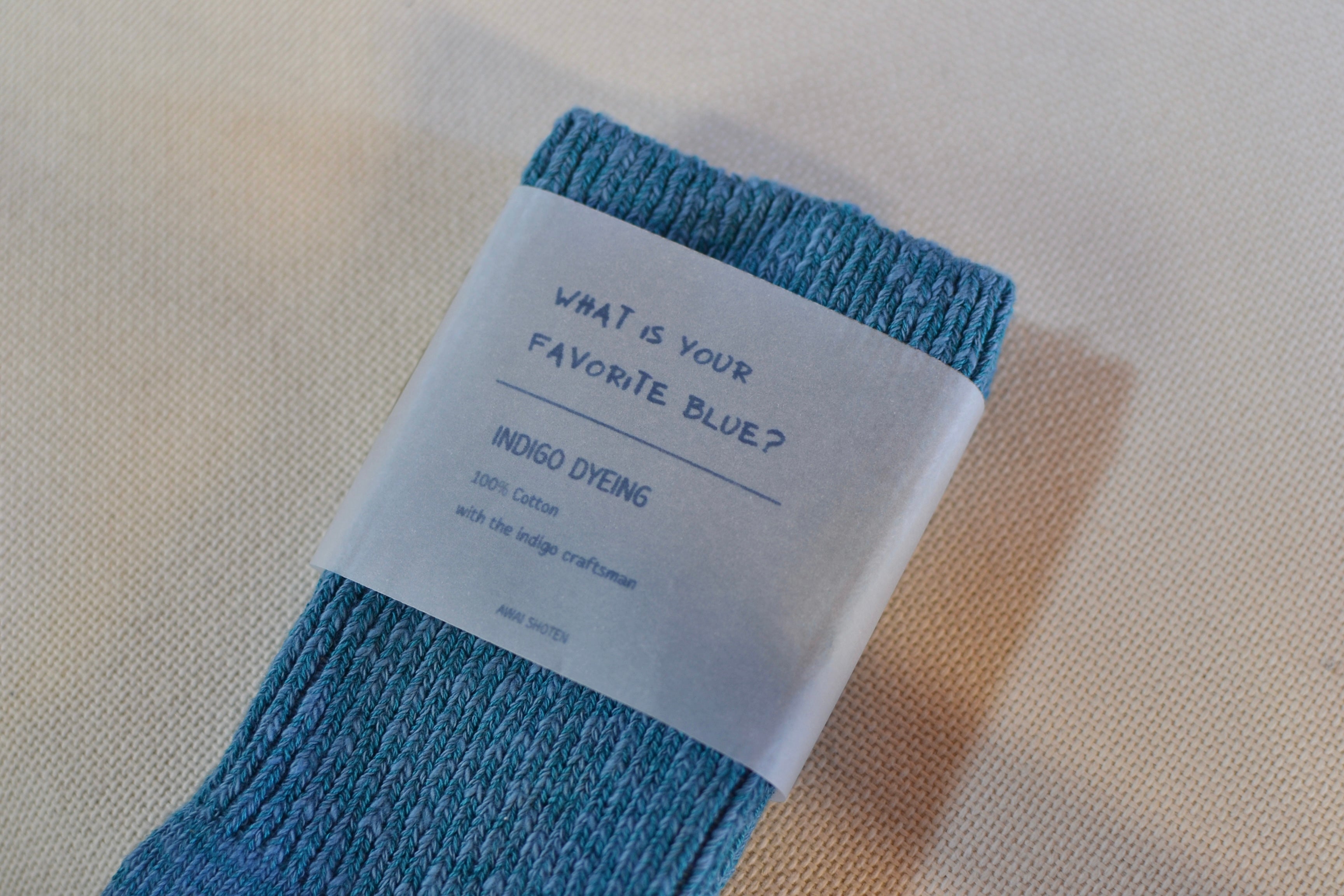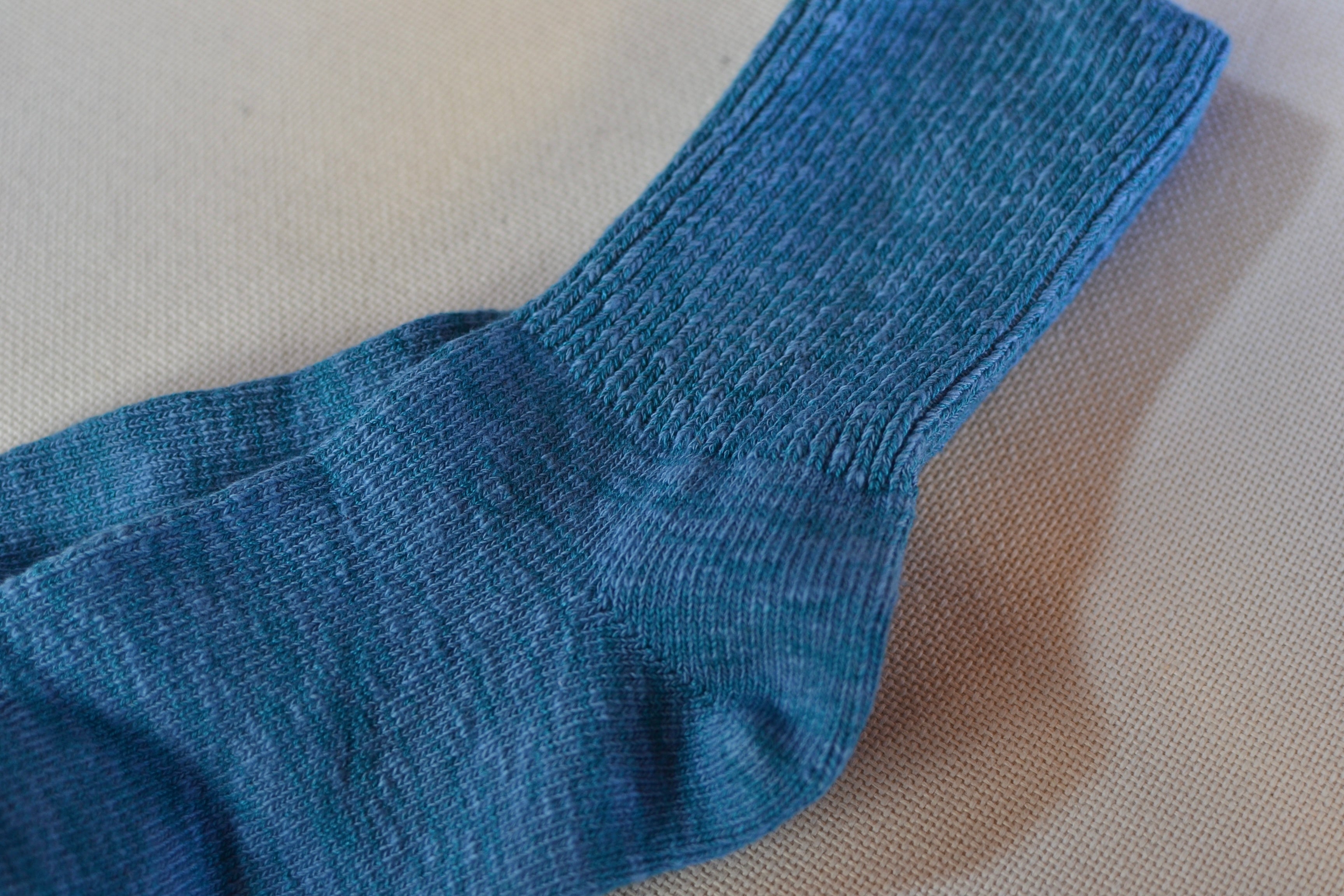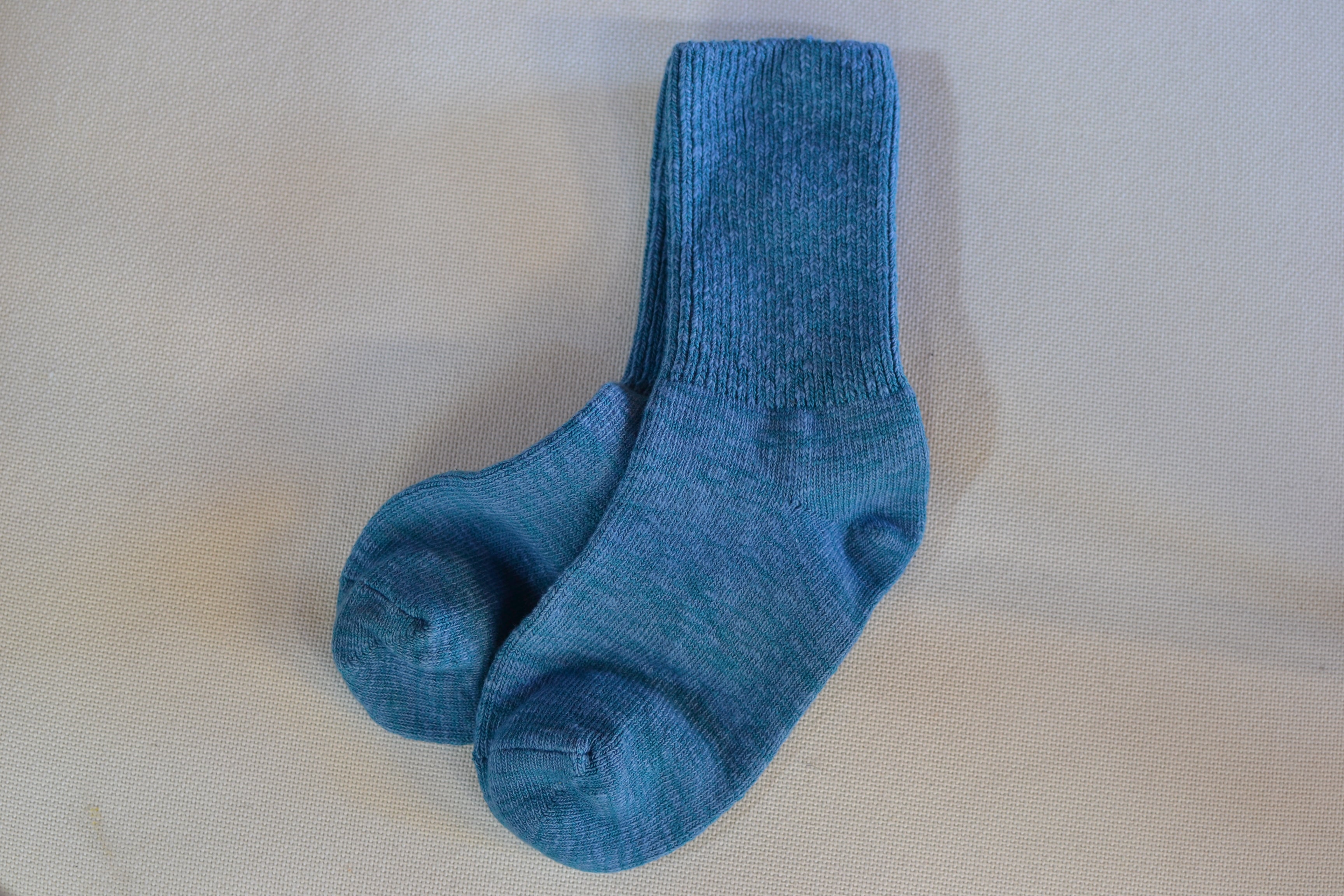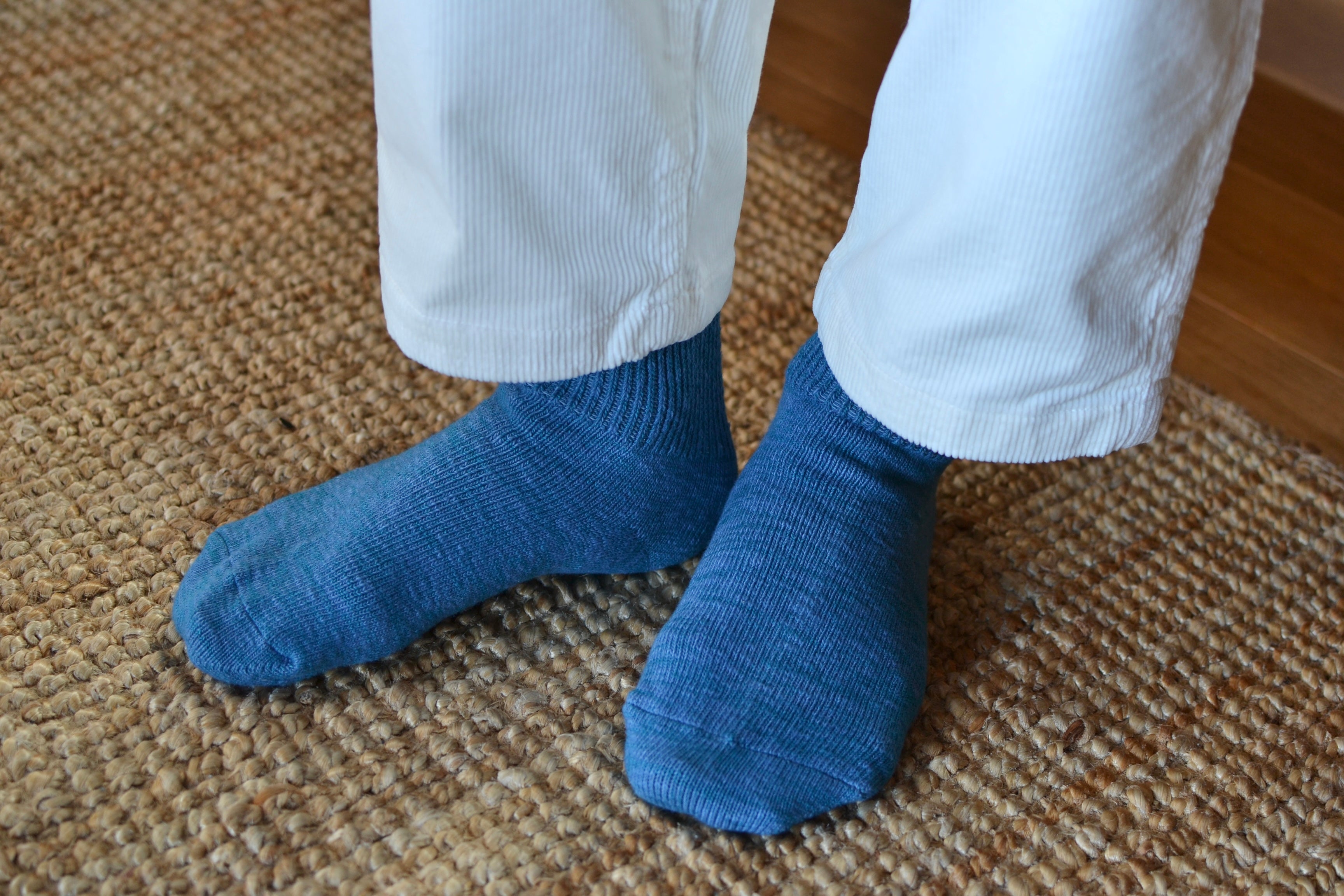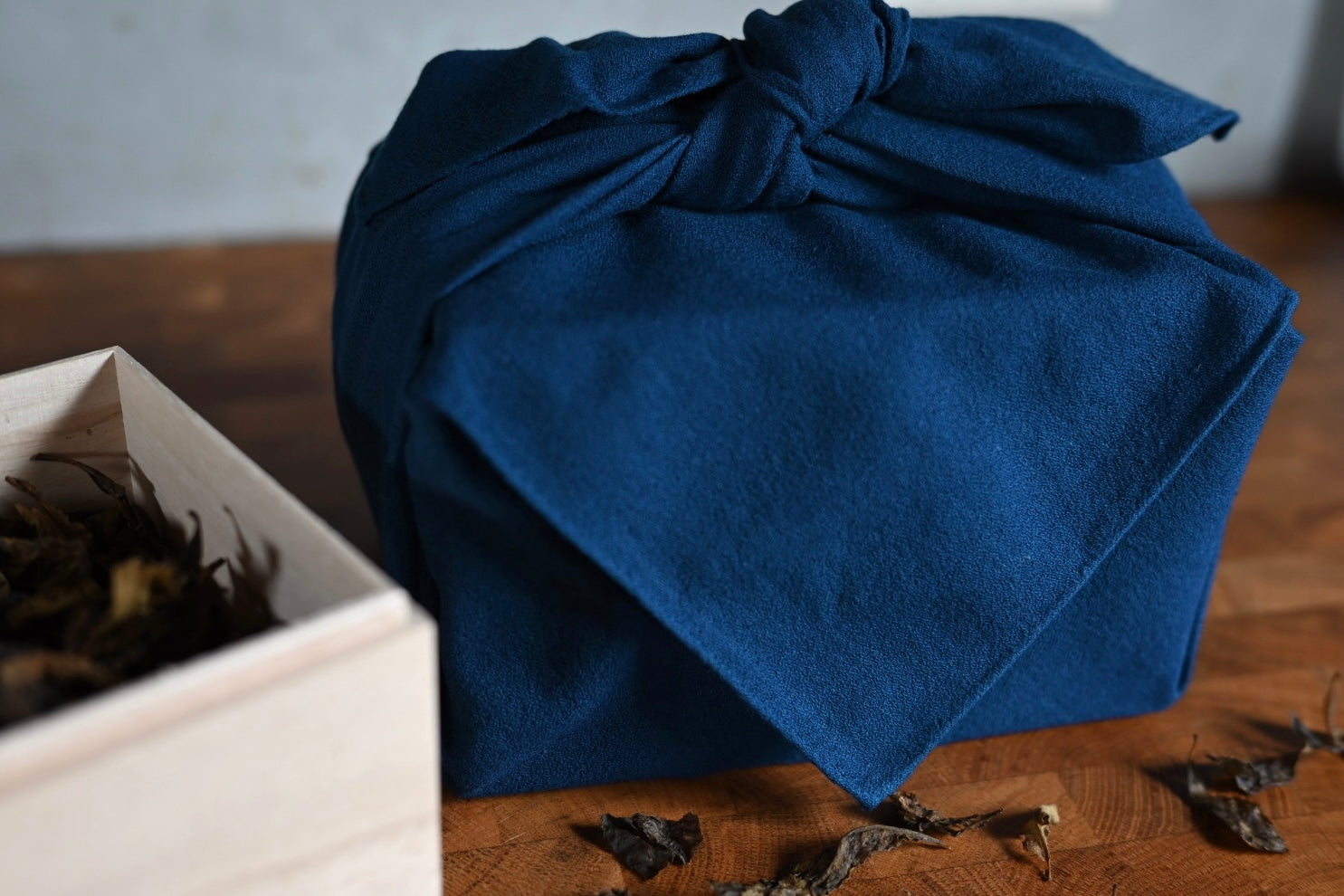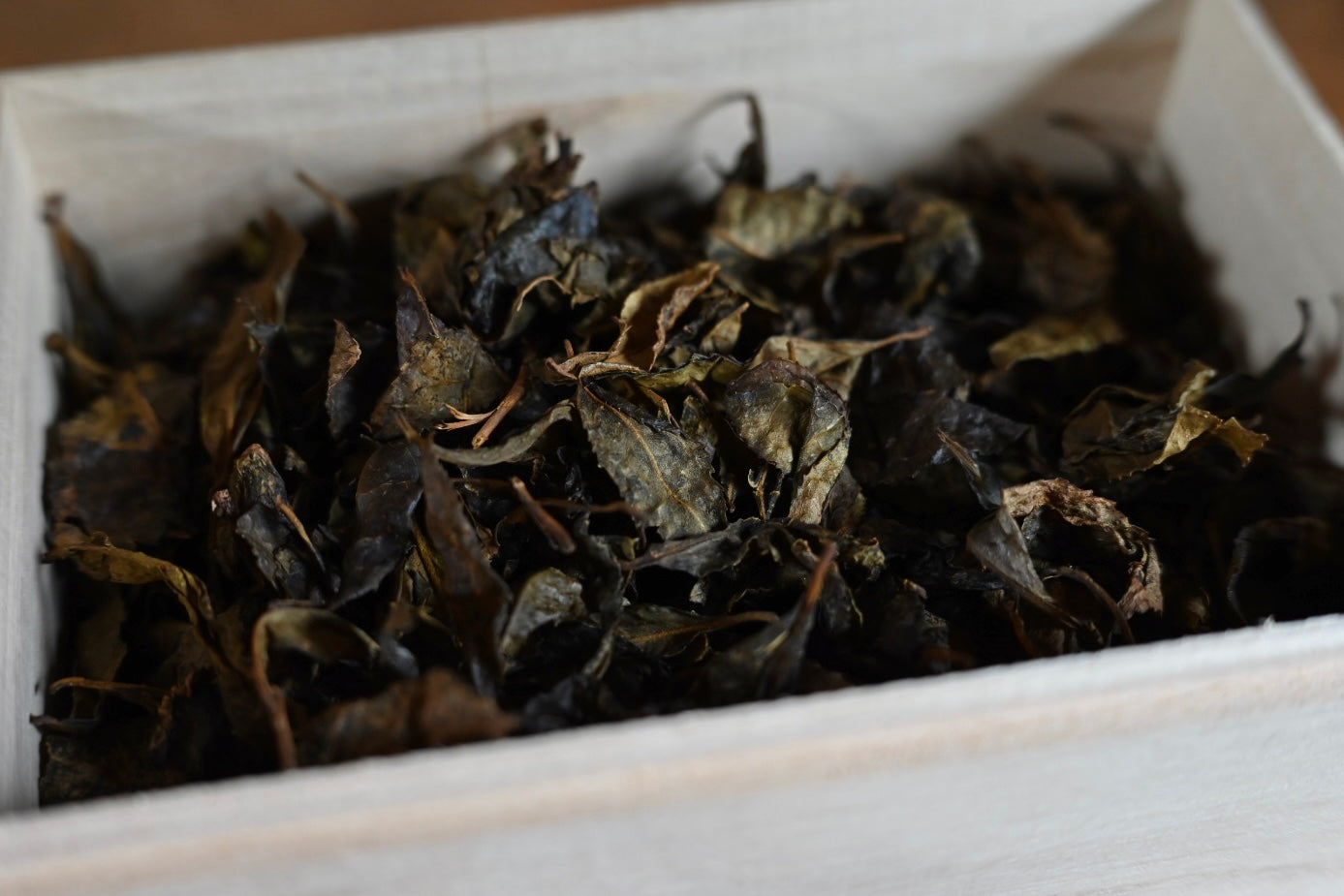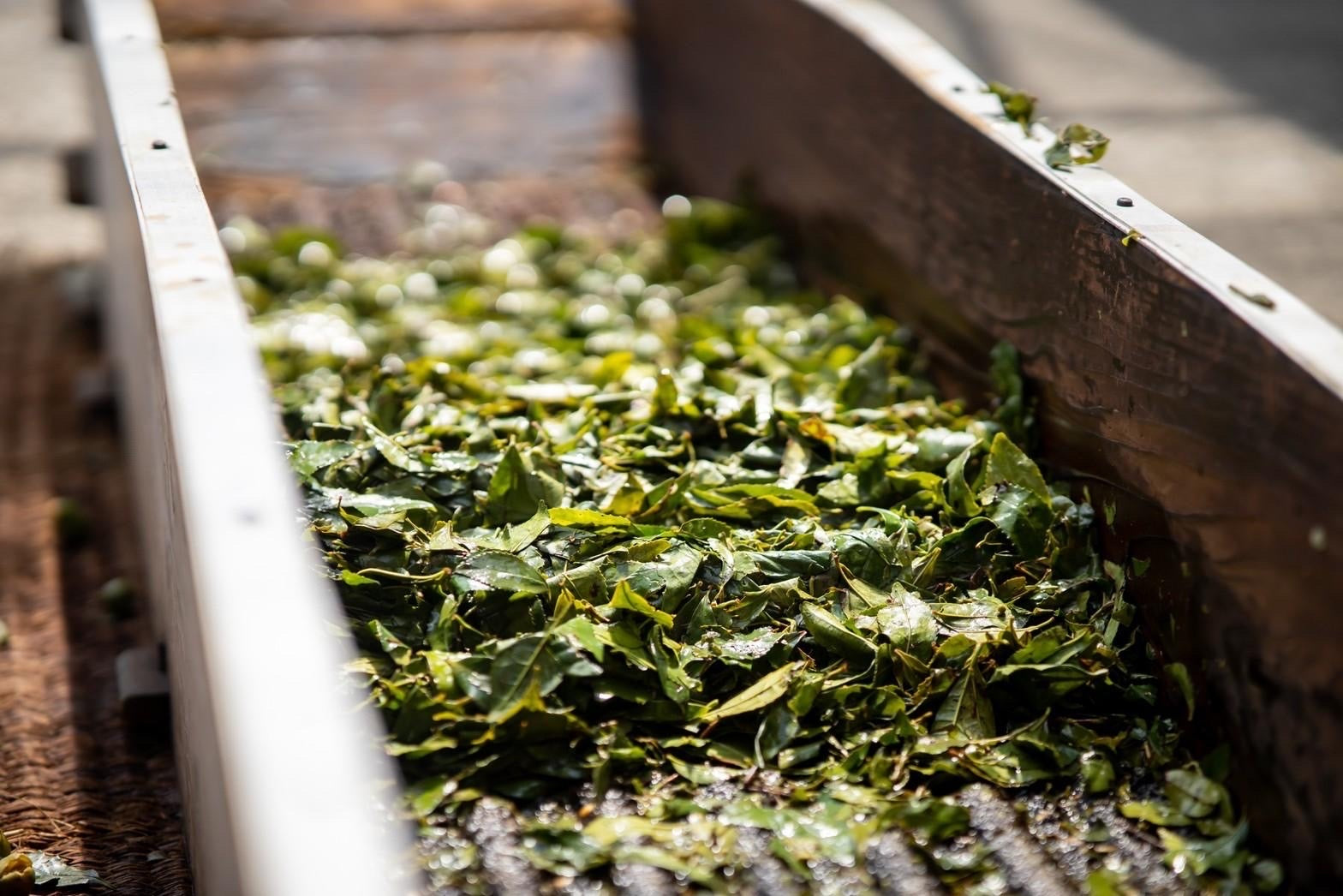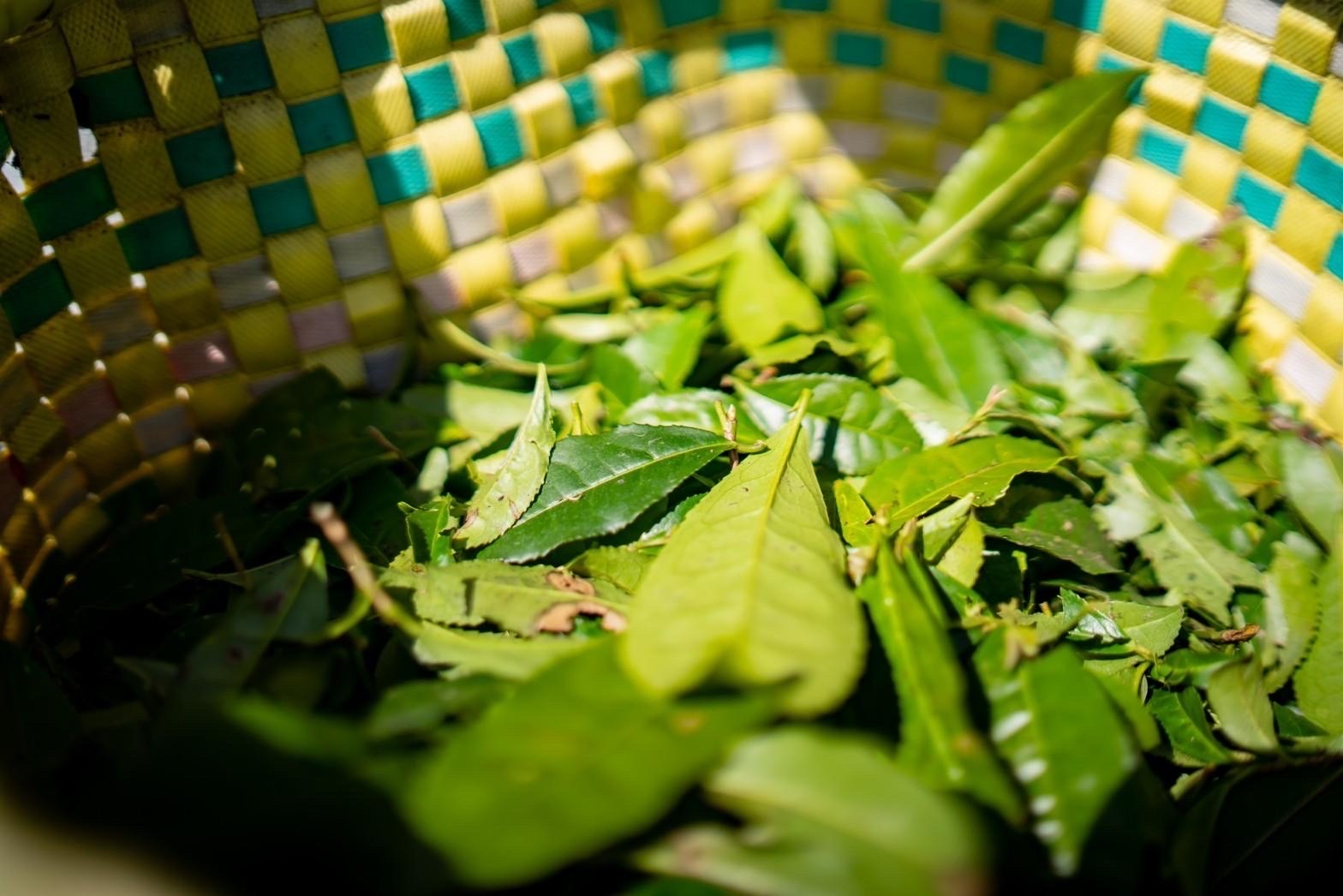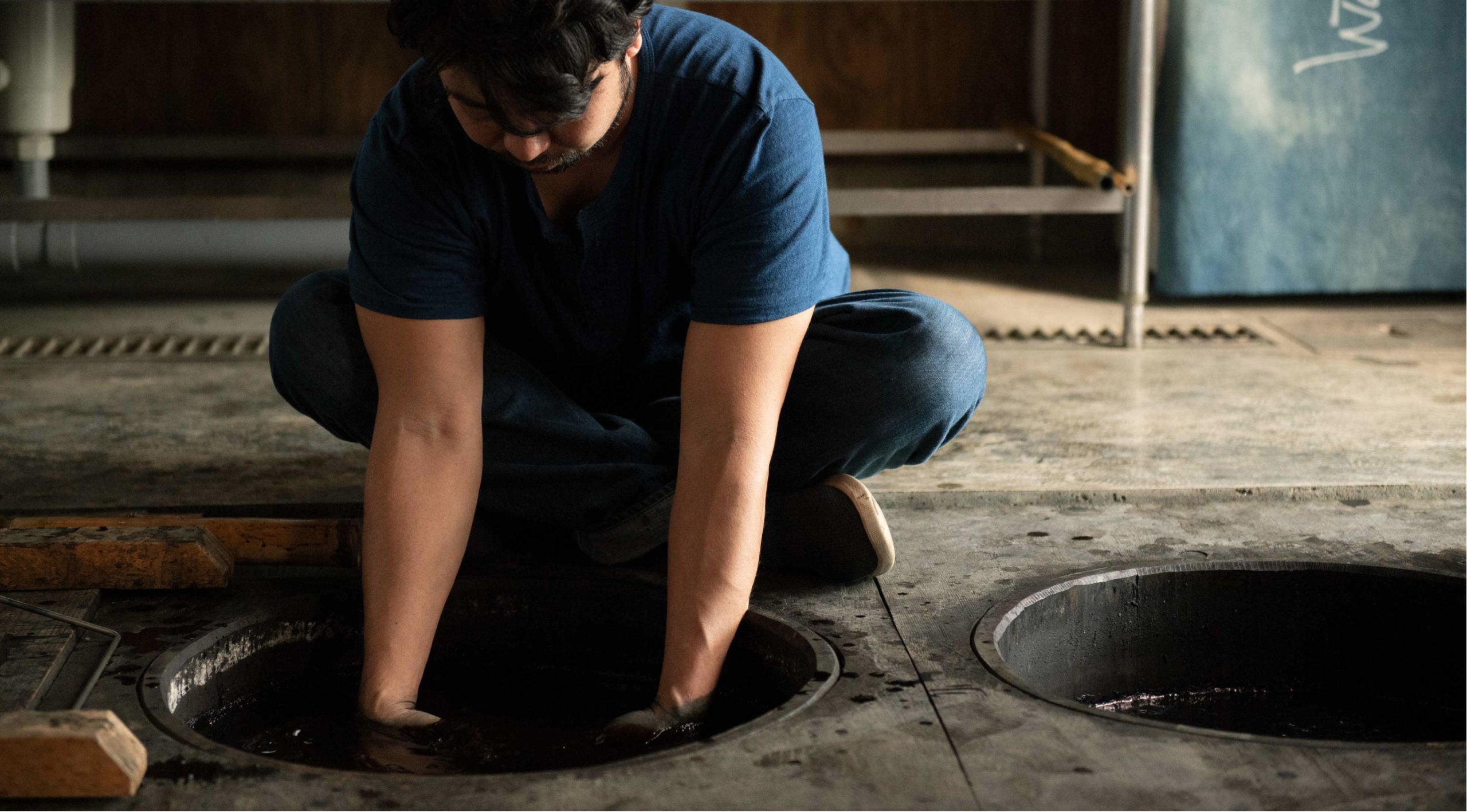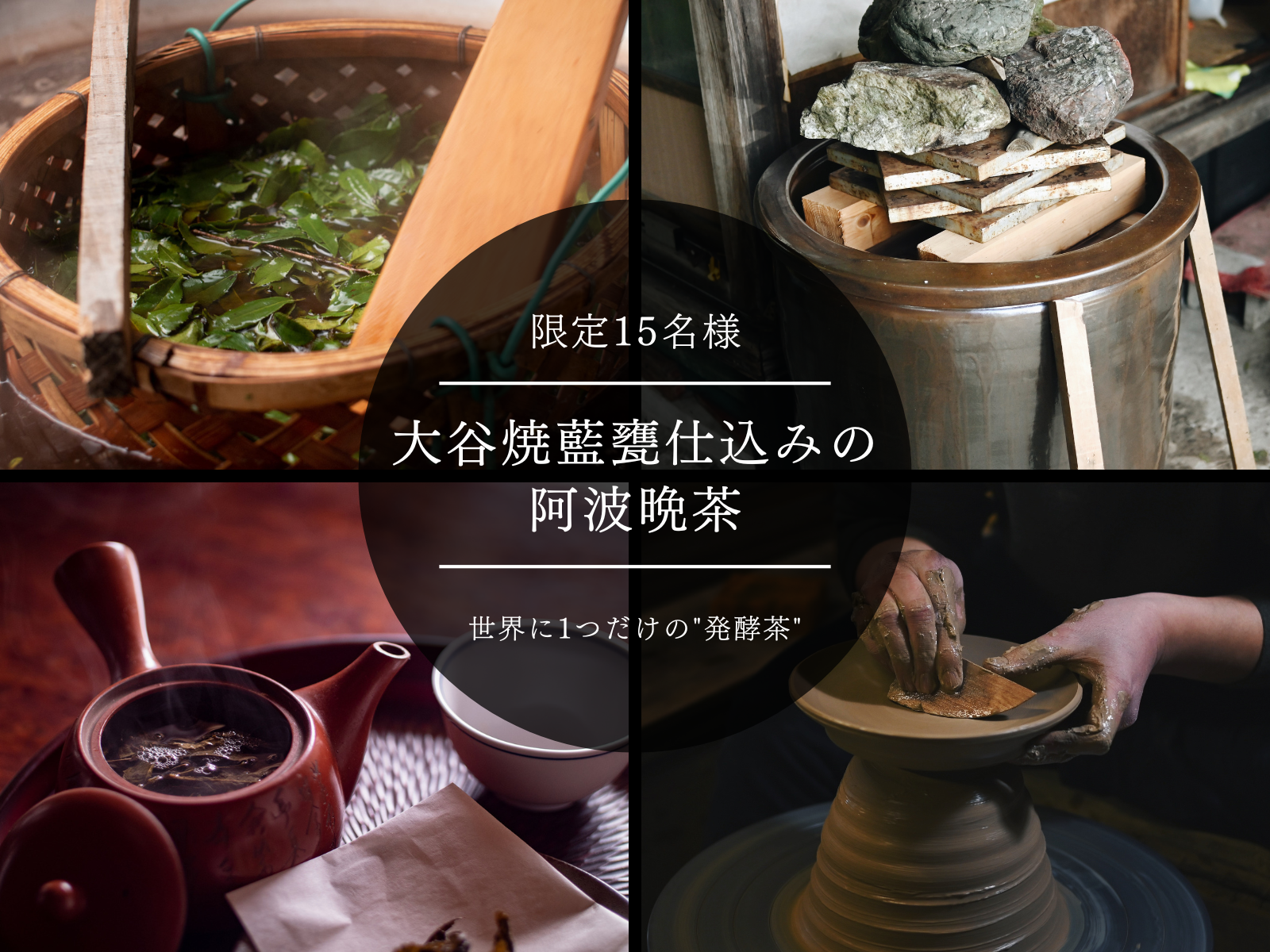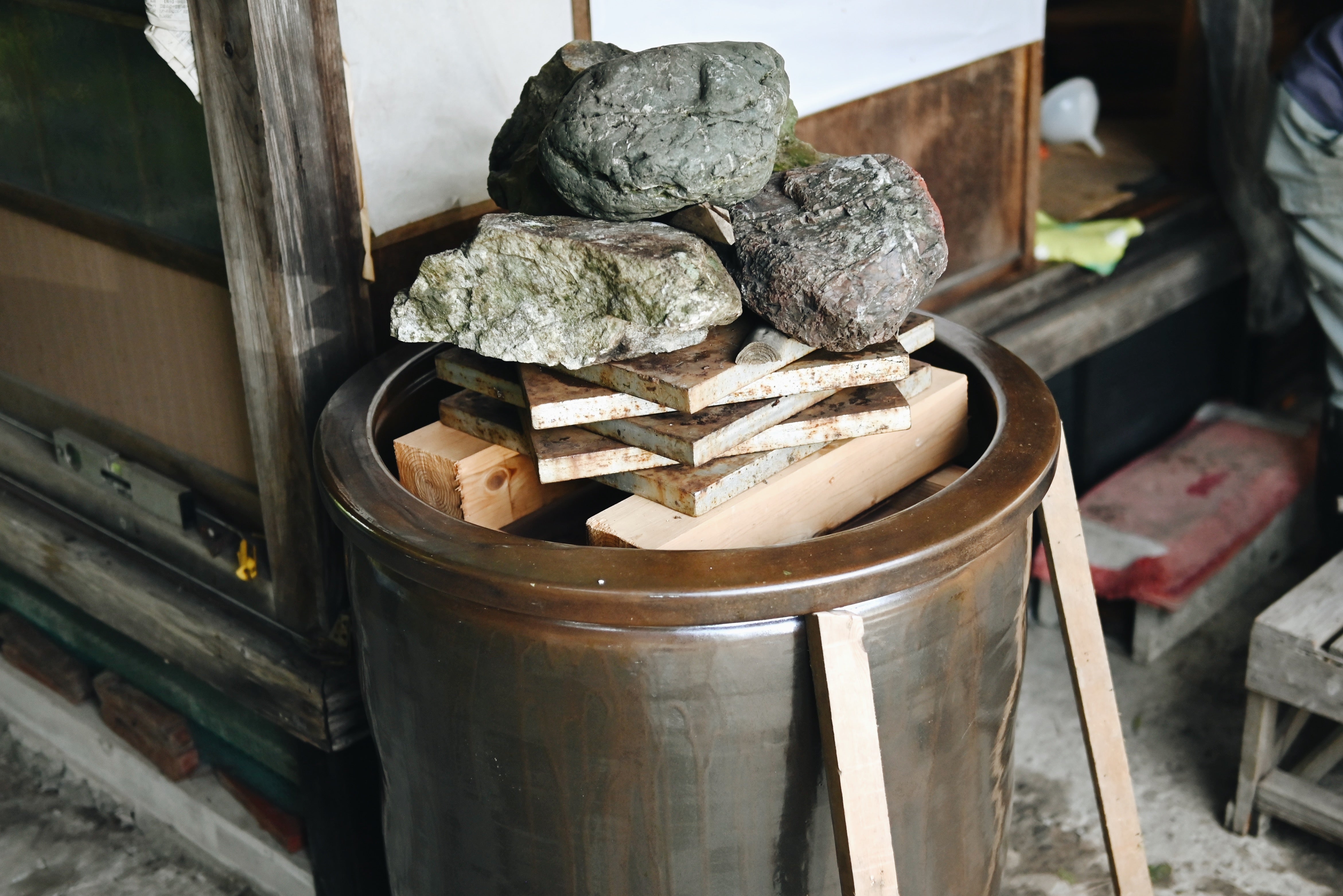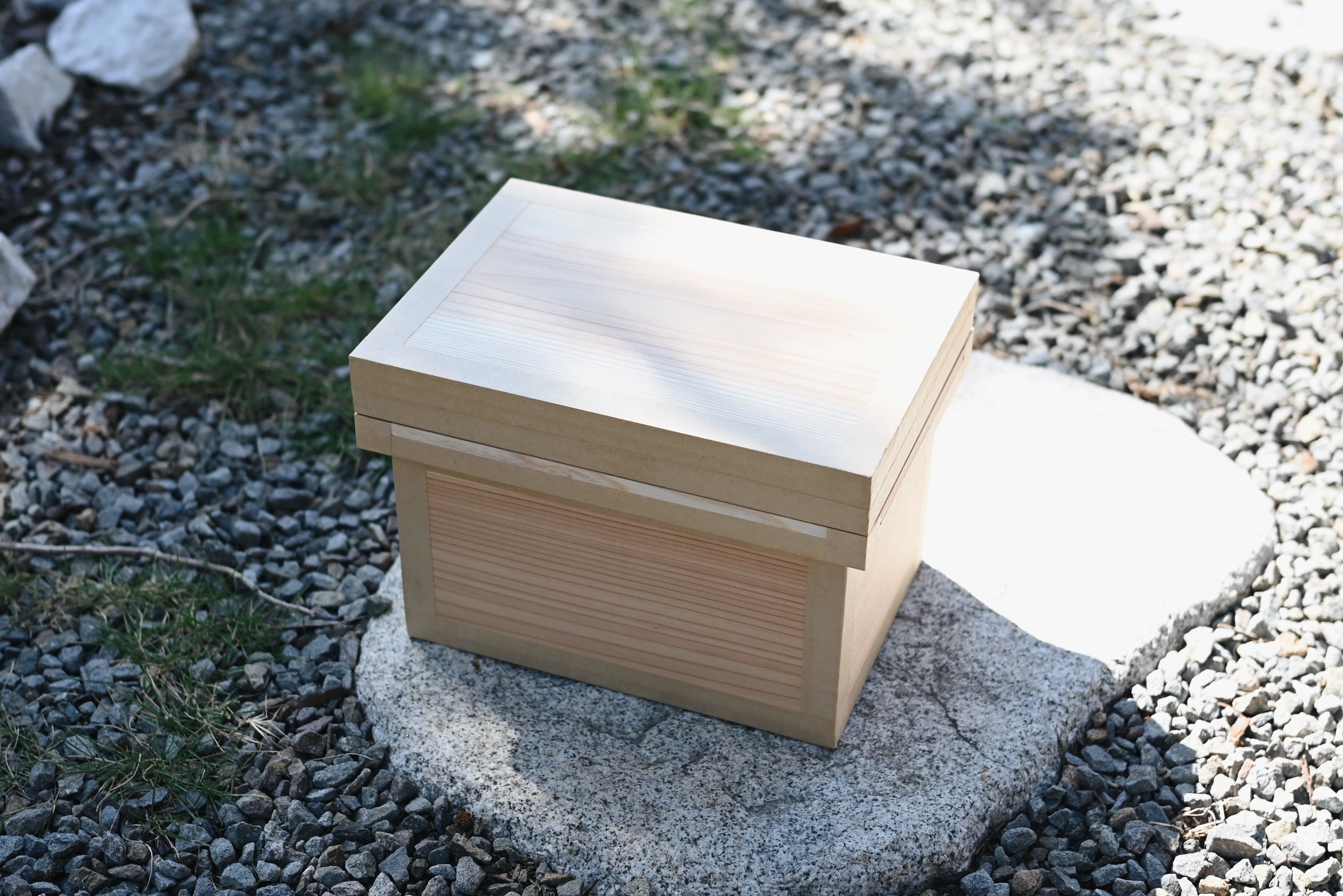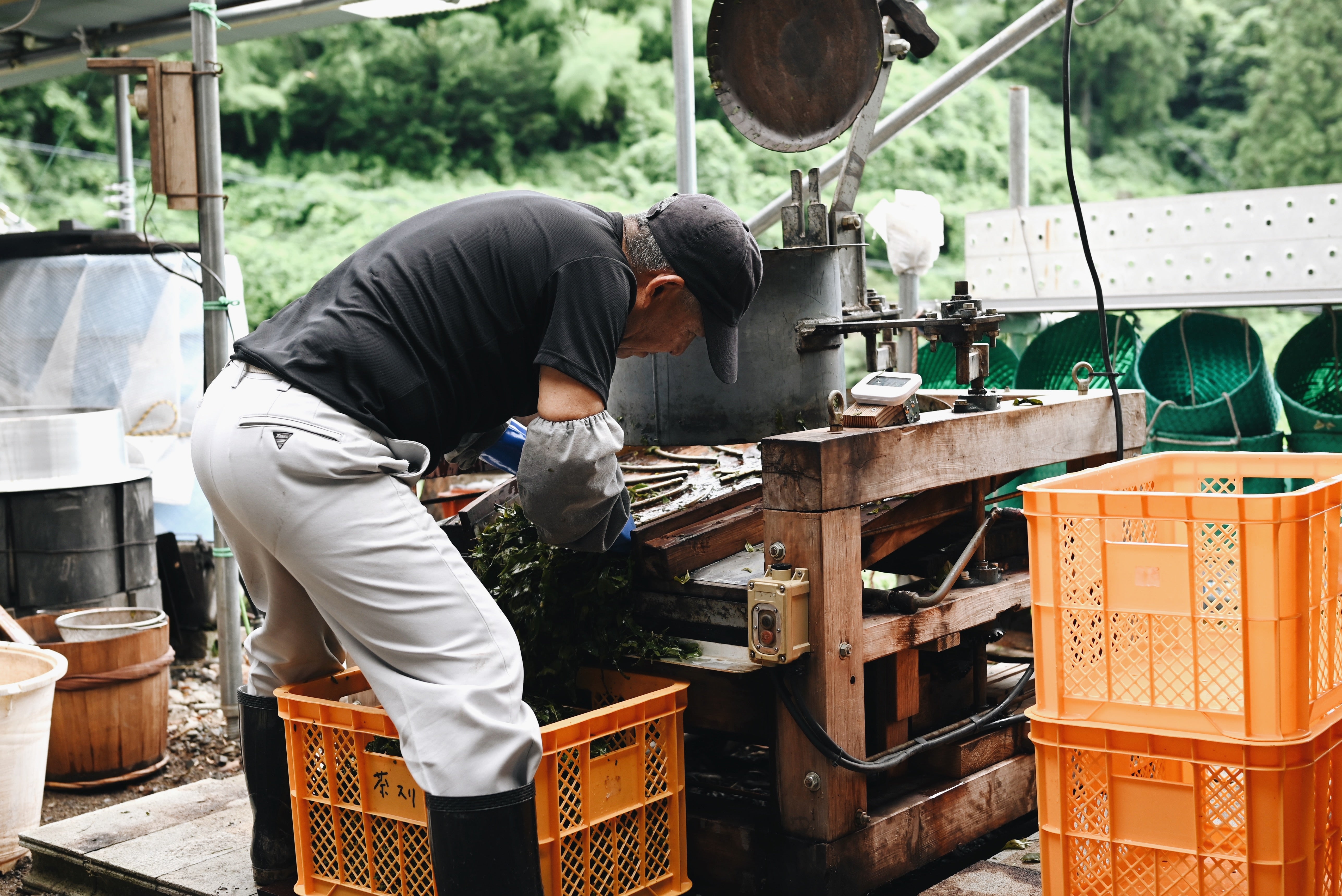Watanabe's

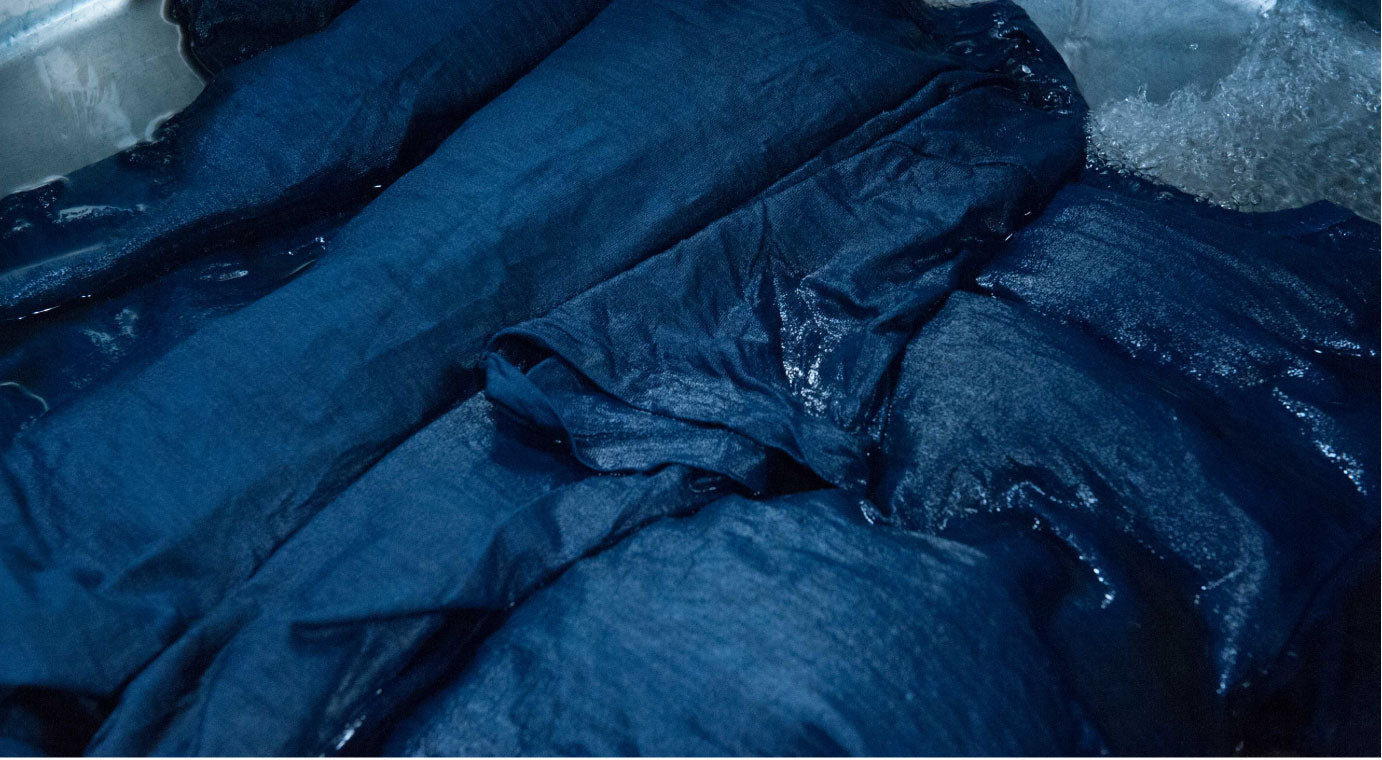
Watanabe's
Awa indigo born from Tokushima's rich natural environment
Watanabe's indigo dyeing is not just a color, but a "real" beauty that continues to be loved through the ages.
The deep blue shows a new expression every time you see it.
The more you use it, the more flavor it develops.
Please pick it up and feel the warmth of careful handiwork.
Three things that Watanabe's values

Inoue Miso and Soy Sauce's new brewery has a pleasant smell of fermenting miso and wooden barrels.
The stories that Mr. Inoue told us as we were guided around this important place, which could be said to be the lifeline of miso production, were very interesting.
"We never forget the idea of 'Let's have fun.' We see delivering to people outside the prefecture and overseas as an activity that conveys a message to the local area. We bring it closer to what we are used to eating. Handiwork is about adding. We don't make the miso; nature makes it for us, and we just help it along."
There are many fermented foods in Tokushima, and we have become big fans of Mr. Inoue, who is one of the respected professionals.

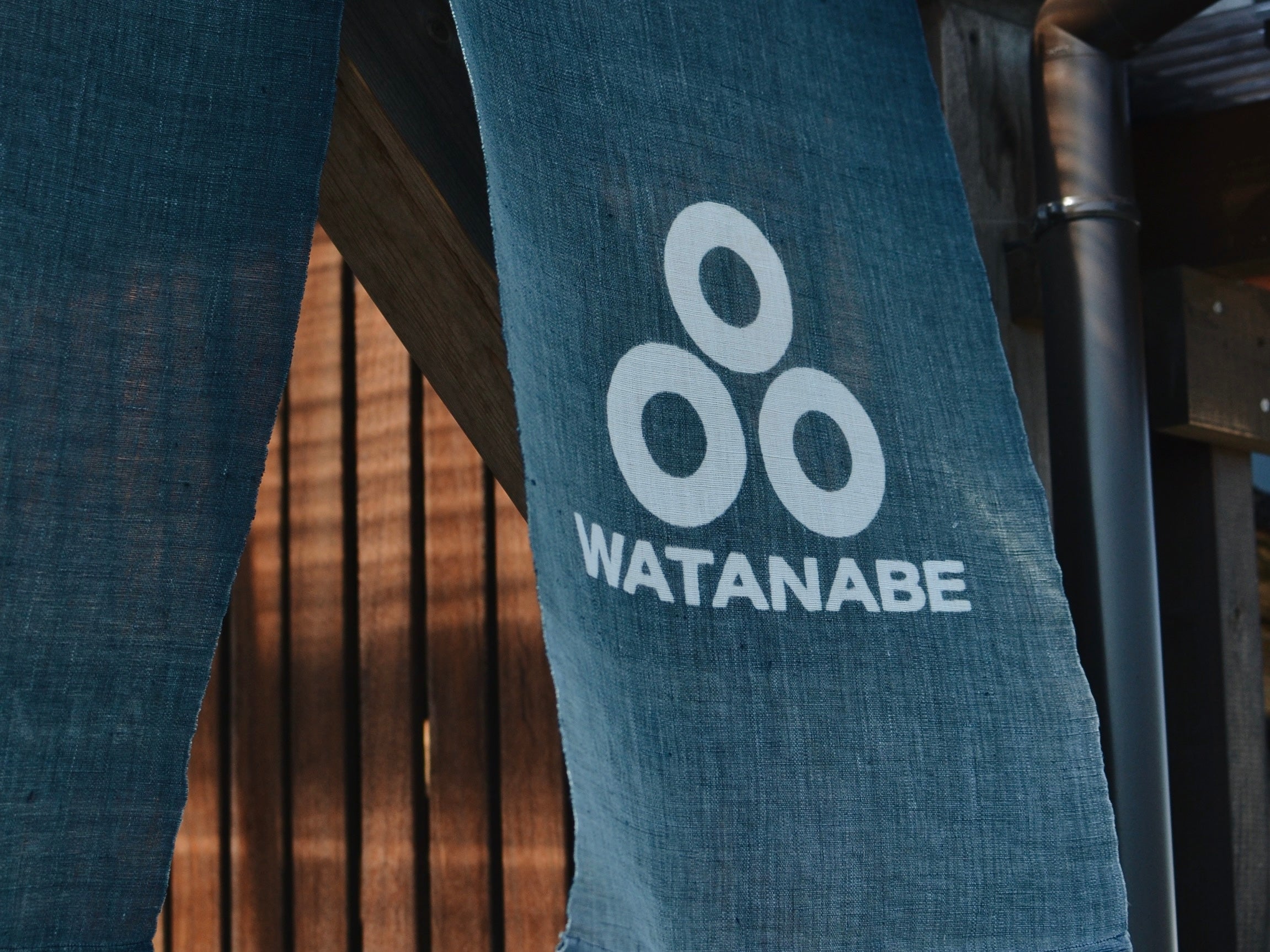
Because these are handmade products, they cannot be mass-produced. That is why we want you to treasure them.
The product's ingredients are listed as just three: rice, soybeans, and salt, so you can rest assured that it is safe to eat.
Product List




